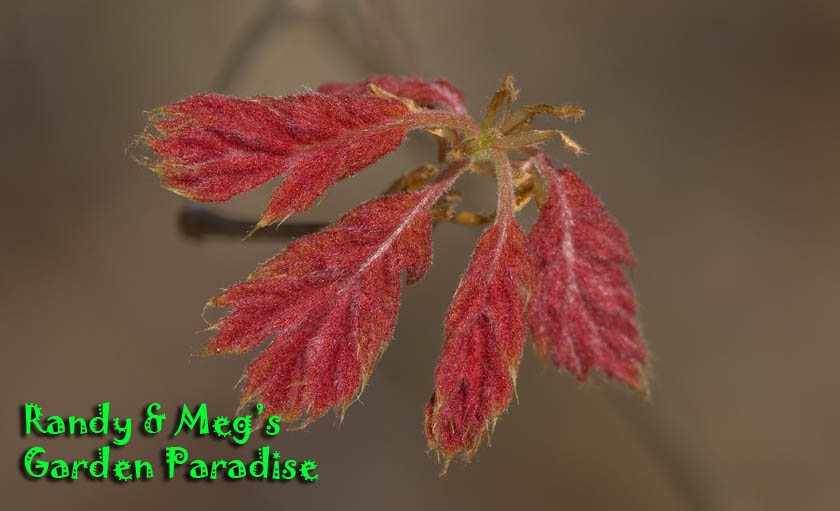First having the knowledge to ID each and every butterfly comes with practice, a lot of practice. Some get the IDs easily others no so easy. We always have a team leader that knows the butterflies so everyone in the group does not need to be an expert. Many that come along it is their first time on a butterfly count, still they can be quite helpful and learn along the way.
Eastern Tiger Swallowtail on Swamp Milkweed.
These guys stole the show on the Durham Butterfly Count. They were everywhere, our group tallied 394 of them. At one spot with lots of yellow composites along both sides of the road I was walking fast and counting them as I went. Just getting the ones I could see and hoping not to over or under count, it is actually estimating them. If I had moved slowly I believe they would have been more confusing to tally from mixing back and forth. Some you will always miss and others might get counted twice, so the missed ones make up for the counted twice ones. That roadside composite patch on both sides of the road for 200 yards I tallied up 130 Eastern Tiger Swallowtails. Down the street a massive roadside patch of Hercules Club I estimated 55 tigers on them.Zebra Swallowtail on Brazilian Verbena. This verbena grows wild along our roadsides and is a big butterfly attractor. Zebras on our previous counts have mostly tallied 1, this year 16!
Above and below is the Silvery Checkerspot. The yellow flowers above are narrow-leaved Sneezeweed. This plat is very drought tolerant and a good butterfly magnet. We walked about 3 miles in the Flat River Impoundment and probably 2 -21/2 miles of the gravel road was completely full of sneezeweed. We counted the butterflies on it as we approached it, not looking back or where we had been already. Record numbers of the Silvery Checkerspot were found this year as well.

Here is the Variegated Fritillary above on sneezeweed and Common Buckeye on a blade of grass below. Both of these can be flying all about you and your crew! Best to count them as you see them in front of you then hope they don't sneak in from behind. Buckeyes this year seem to be everywhere, normally open areas are the best places to find both of these species.
Here we have the Cloudless Sulphur above and Little Yellow below. Cloudless Sulphurs are very large and look like a pat of butter when in flight, easy to ID on the wing once you learn them.
The Little Yellow is sometimes missed on our count, it comes up from the south and might not make it here at all. We had 3 total of them on the count this year. It is small and yellow, not orange like the very common Sleepy Orange which is slightly bigger.
Well I did not get to the skippers! I bet a lot of you are glad of that. Skippers take a lot of practice to learn them and some a photo is a great idea to make sure you are right.
Next stop the Wilmington NC Butterfly Count this Saturday, I'll have to leave by 5AM to make it there by 9AM. For those of you that want to get involved with a butterfly count please check the North American Butterfly Association (NABA) for a count near you.



































